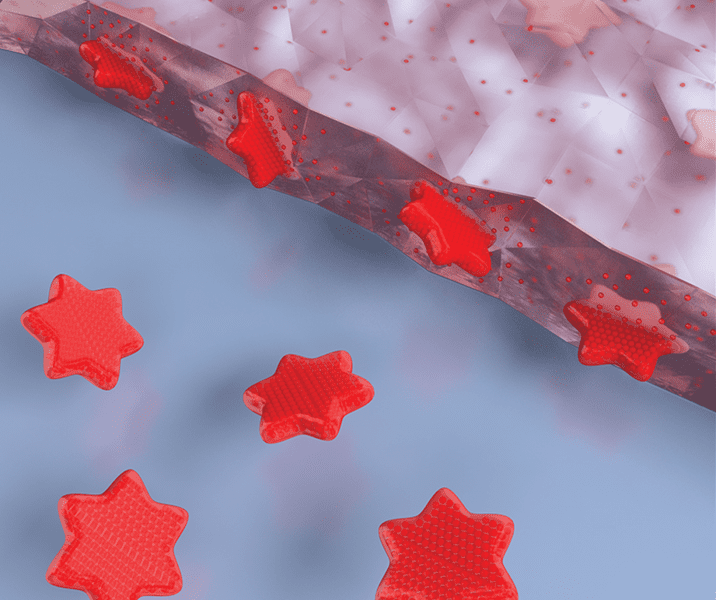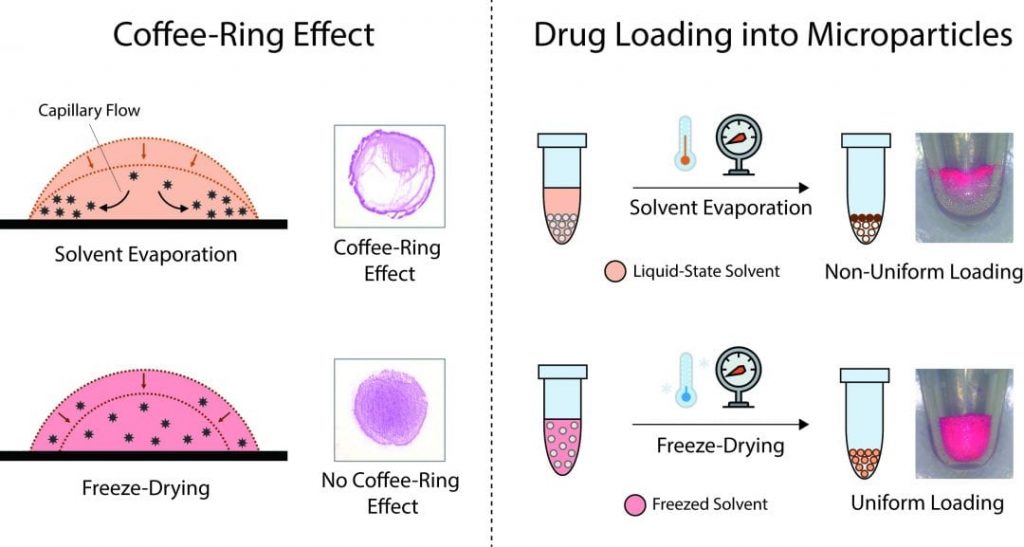Microparticles are applied in targeted delivery and controlled release of drugs. To date, microparticle-based drug delivery has been studied mainly in in vivo applications. However, it can also be useful for transferring heterogeneous drugs to multiple isolated reaction spaces in in vitro bioassay platforms.
In order for microparticles to be implemented as drug carriers in in vitro bioassays, an efficient drug-loading method must fulfill the following conditions. Firstly, all kinds of drugs, regardless of their water-solubility, should be loadable. Secondly, the delivered drug amount should be precisely controllable over a range of concentrations. Finally, the drug-loading method should be applicable to microparticles of various design. If these requirements are adhered to the drug-loading method is useful not only for in vitro assays but also for clinical use.
Existing technology based on solvent evaporation makes uniform microparticle loading difficult. As the solvent dries out, dissolved molecules in the solution are impregnated into the nearby microparticles. However, non-uniform loading results due to a phenomenon referred to as the ‘coffee-ring effect’.
This effect is caused by capillary flow inside the drop during the drying process. In a recently published article in Particle & Particle System Characterization, Seo Woo Song, Sunghoon Kwon and colleagues from Seoul National University have outlined a freeze-drying and vortexing procedure that solves this problem. In their work they explain in detail how they attain uniform drug loading. In-depth testing of their particles showed that the amount of drug taken up by the particles was the same as the amount released. This innovative, yet simple technique will enable precise control of drug dose at small volumes.


















